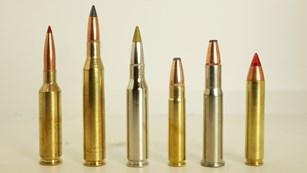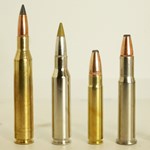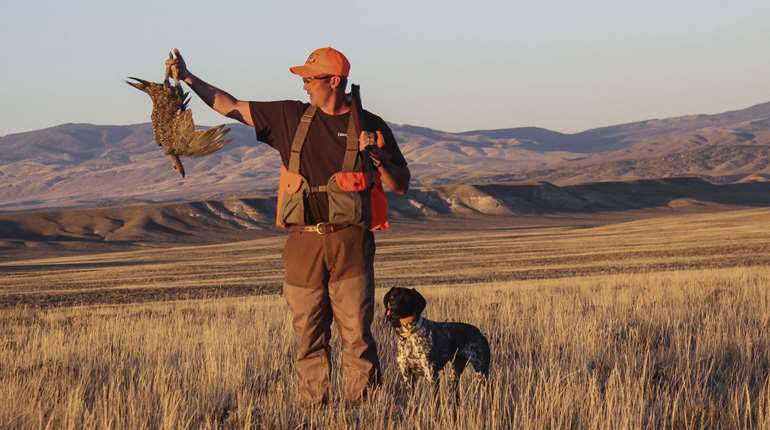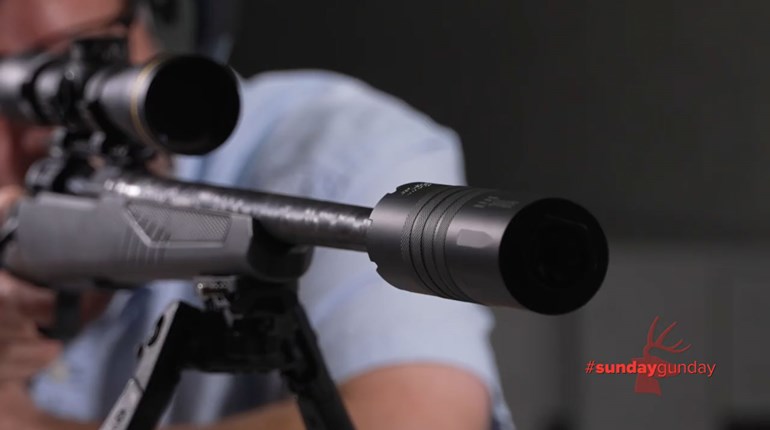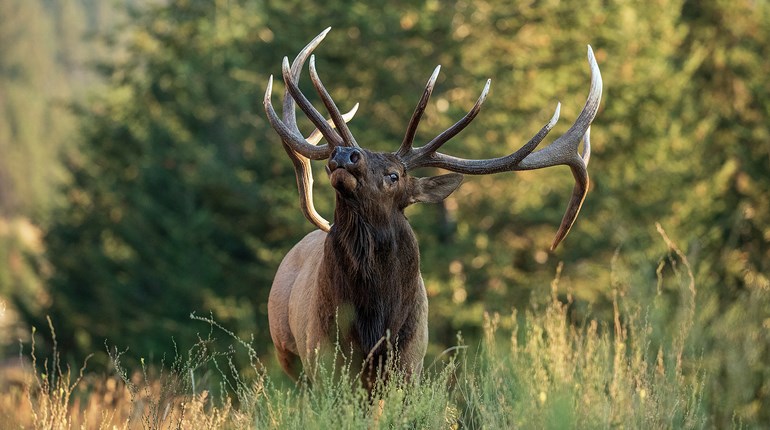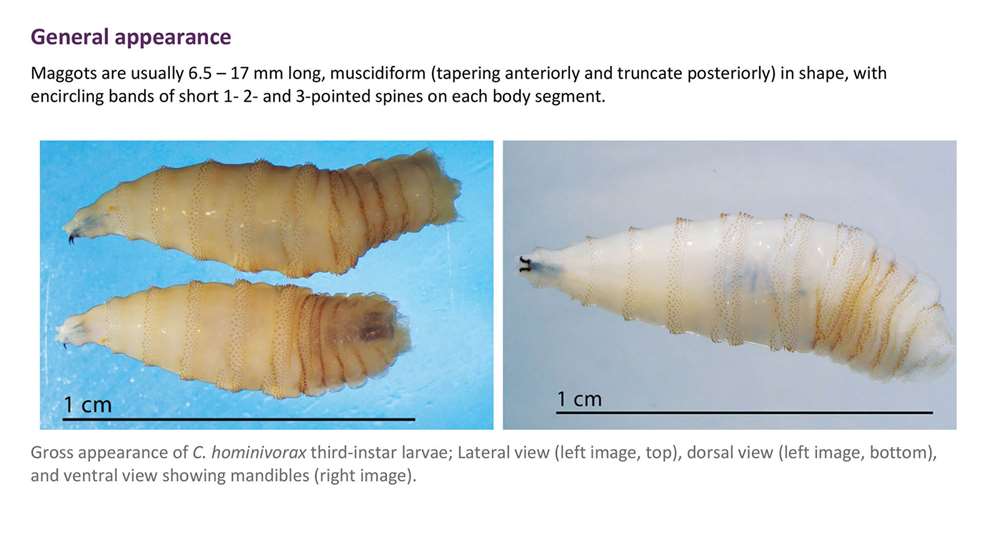
On Aug. 24 the U.S. Department of Health and Human Services (HHS) confirmed a Maryland resident—who recently traveled to El Salvador—is the first documented human case of New World screwworm (NWS) in the United States. Presence of the parasitic larvae (maggots) was confirmed on Aug. 4 after studies conducted by the U.S. Centers for Disease Control and Prevention and the Maryland Department of Health.
The news should not deter hunters and outdoor enthusiasts from heading afield, according to HHS spokesman Andrew G. Nixon, however. “The risk to public health in the United States from this introduction is very low,” he explained to Reuters news service in an e-mail.
Livestock and wildlife remain the primary concern should the parasite cross the southern border. A June 17, 2025, letter sent from members of Congress to U.S. Department of Agriculture Secretary Brooke L. Rollins, underscores the economic consequences should the northward advance of NWS not be halted. “When looking solely at the historical impact of NWS in Texas, USDA’s Animal and Plant Health Inspection Service (APHIS) estimates that a contemporary outbreak would cost producers $732 million per year and the Texas economy a loss of $1.8 billion. Extrapolating those results to the states within the historic range of NWS pre-eradication, a contemporary outbreak of NWS could cost producers $4.3 billion per year and cause a total economic loss of more than $10.6 billion. This does not account for the possible expansion of NWS beyond the historic range.”

Wildlife
Livestock are not the only animals NWS targets. The Texas Wildlife Association estimates the state’s whitetail deer populations declined by 50 percent during peak of the last outbreak, which began in the 1950s and lasted nearly a decade.
Other hunting organizations are also sounding the alarm. In May Sam Cunningham, Wild Sheep Foundation director and President of the Texas Bighorn Society, warned in a press release that, “NWS not only affects the cattle industry in Texas but will have detrimental effects on our native wildlife as well. The Desert Bighorn Sheep (DBS) population in Texas has suffered devastating die offs recently from exotic invasive aoudad. A NWS infestation would have catastrophic effects on the remaining population, potentially extirpating the species entirely.”
Defense
The release of sterile flies is a proven technique already deployed in the battle. Earlier this month the Texas Department of Agriculture announced it has developed an attractant that will be used to identify and eradicate populations of the parasite.
The latest to acknowledge the critical nature of the fight is the U.S. Department of Health and Human Services (HHS). On Aug. 19 it announced, “a declaration that allows the U.S. Food and Drug Administration (FDA) to issue Emergency Use Authorizations (EUAs) for animal drugs to treat or prevent infestations caused by the New World Screwworm (NWS). This declaration applies only to drugs for animals.”
“NWS infests warm-blooded animals, including livestock, pets, wildlife, and, in rare cases, humans, causing severe tissue damage and sometimes death,” the statement explains. “The risk to human health in the United States remains very low, but the potential future threat to animal populations and the food supply chain requires proactive action. Although eradicated from North America and Central America decades ago, NWS has progressed north since 2022 and is now approaching the U.S. border with Mexico. This parasite poses an emerging threat to livestock and food security, with potential impacts on both national security and animal health.”


